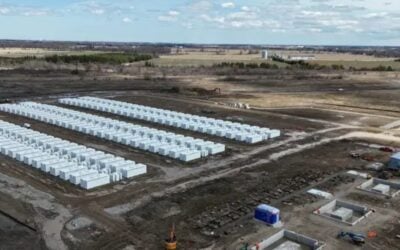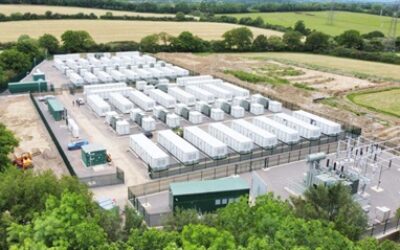
The US Department of Energy (DOE) has established a new programme to “significantly improve” permitting and environmental processes for electricity transmission projects.
The Coordinated Interagency Transmission Authorizations and Permits (CITAP) Programme will pool environmental reviews and permitting processes under a federal “integrated interagency process”. It will require that developer submissions for federal approval are considered within a two-year window without compromising the US’ National Environmental Policy Act (NEPA) requirements.
The DOE will serve as a coordinator between federal agencies and developers. Furthermore, it said that it will work with “relevant agencies” to produce a single document for NEPA-compliant environmental approvals that suits each agency and removes the need to duplicate administrative work.
More broadly, the CITAP programme will require a “comprehensive public participation plan” to encourage developers to engage with communities and tribes in their proposed development areas “at the outset of the project”. This will be conducted via an online portal, which will also allow federal agencies to view and provide input on documents in the early stages of grid project development.
Try Premium for just $1
- Full premium access for the first month at only $1
- Converts to an annual rate after 30 days unless cancelled
- Cancel anytime during the trial period
Premium Benefits
- Expert industry analysis and interviews
- Digital access to PV Tech Power journal
- Exclusive event discounts
Or get the full Premium subscription right away
Or continue reading this article for free
Eric Beightel, permitting council executive director, said: “The ambitious clean energy goals of the Biden-Harris administration cannot be achieved without the transmission infrastructure needed to deliver renewable energy to consumers. This rule is a significant step forward in bringing coordination and accountability into the permitting review of these vital projects.”
To read the full version of this story, visit PV Tech.





